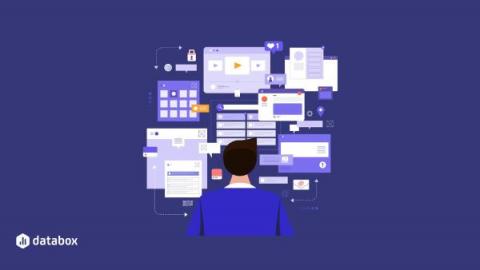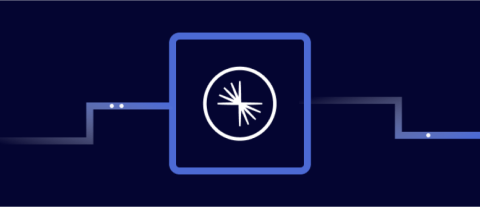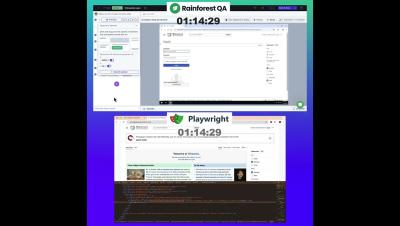RAG Application with Kong AI Gateway, AWS Bedrock, Redis and LangChain
For the last couple of years, Retrieval-Augmented Generation (RAG) architectures have become a rising trend for AI-based applications. Generally speaking, RAG offers a solution to some of the limitations in traditional generative AI models, such as accuracy and hallucinations, allowing companies to create more contextually relevant AI applications.











